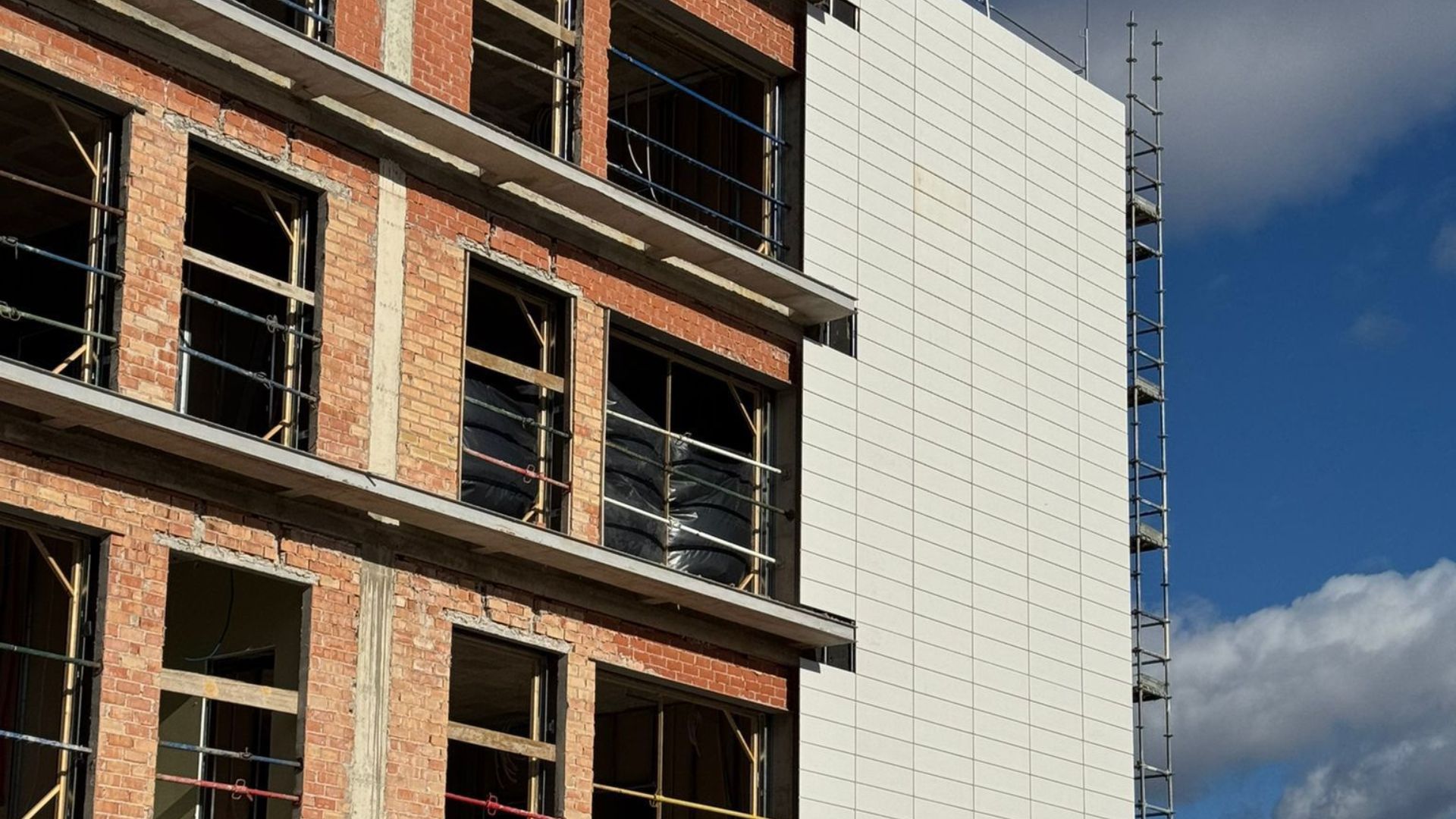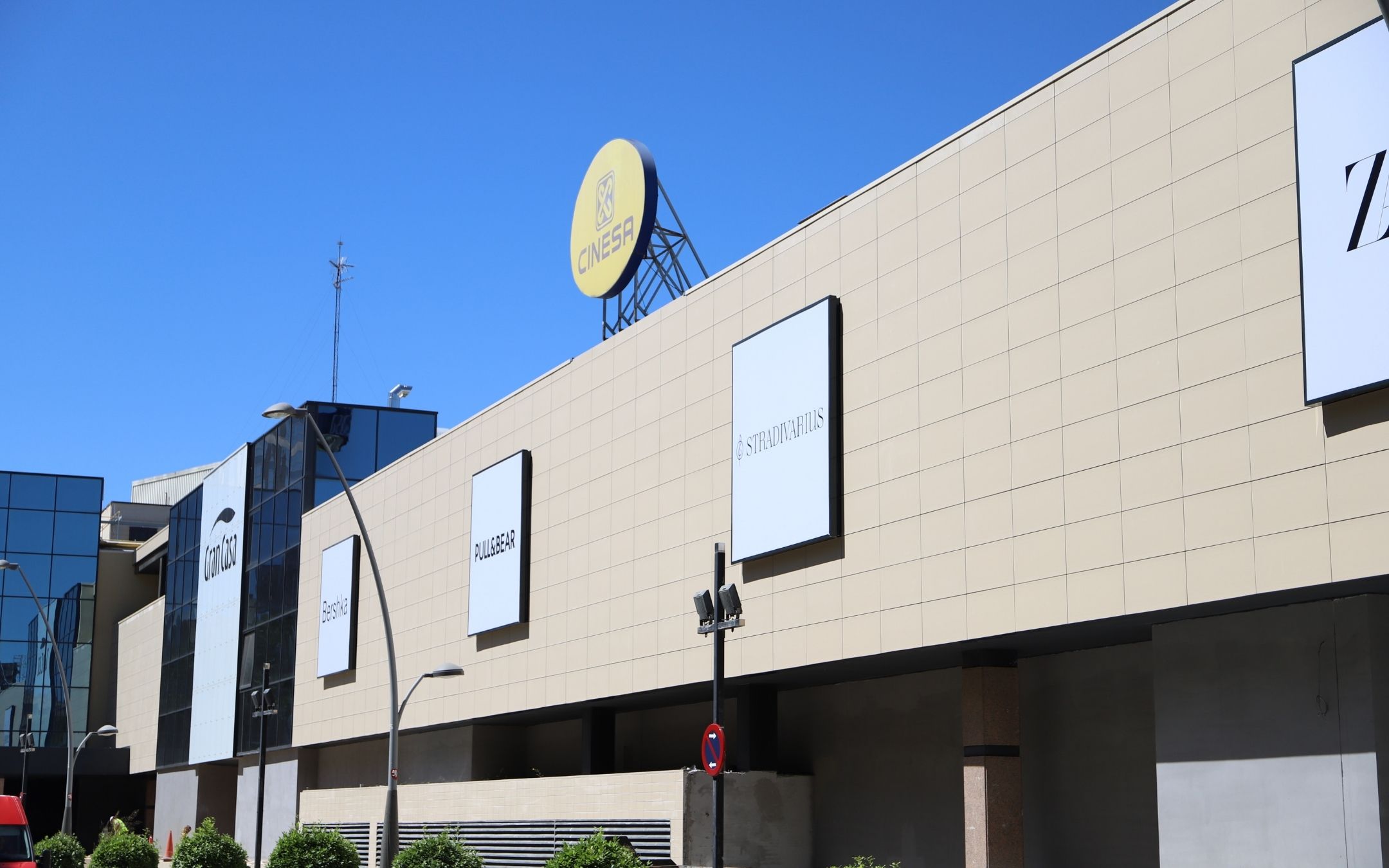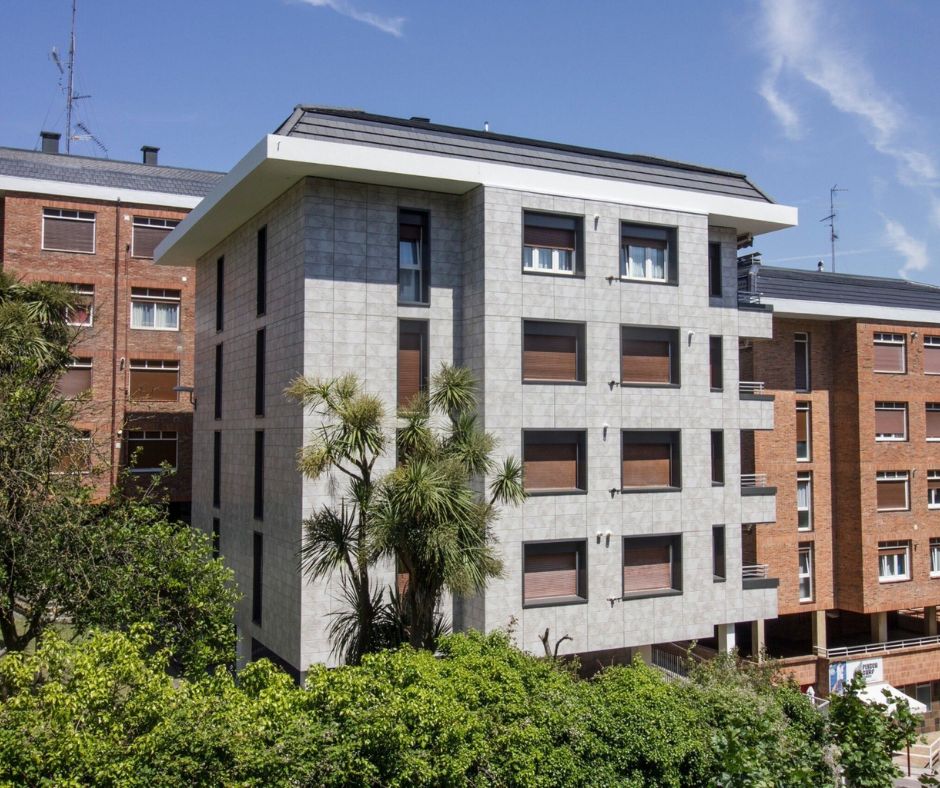
How to Increase the Value of My Home: Facade Renovation with Ceramic
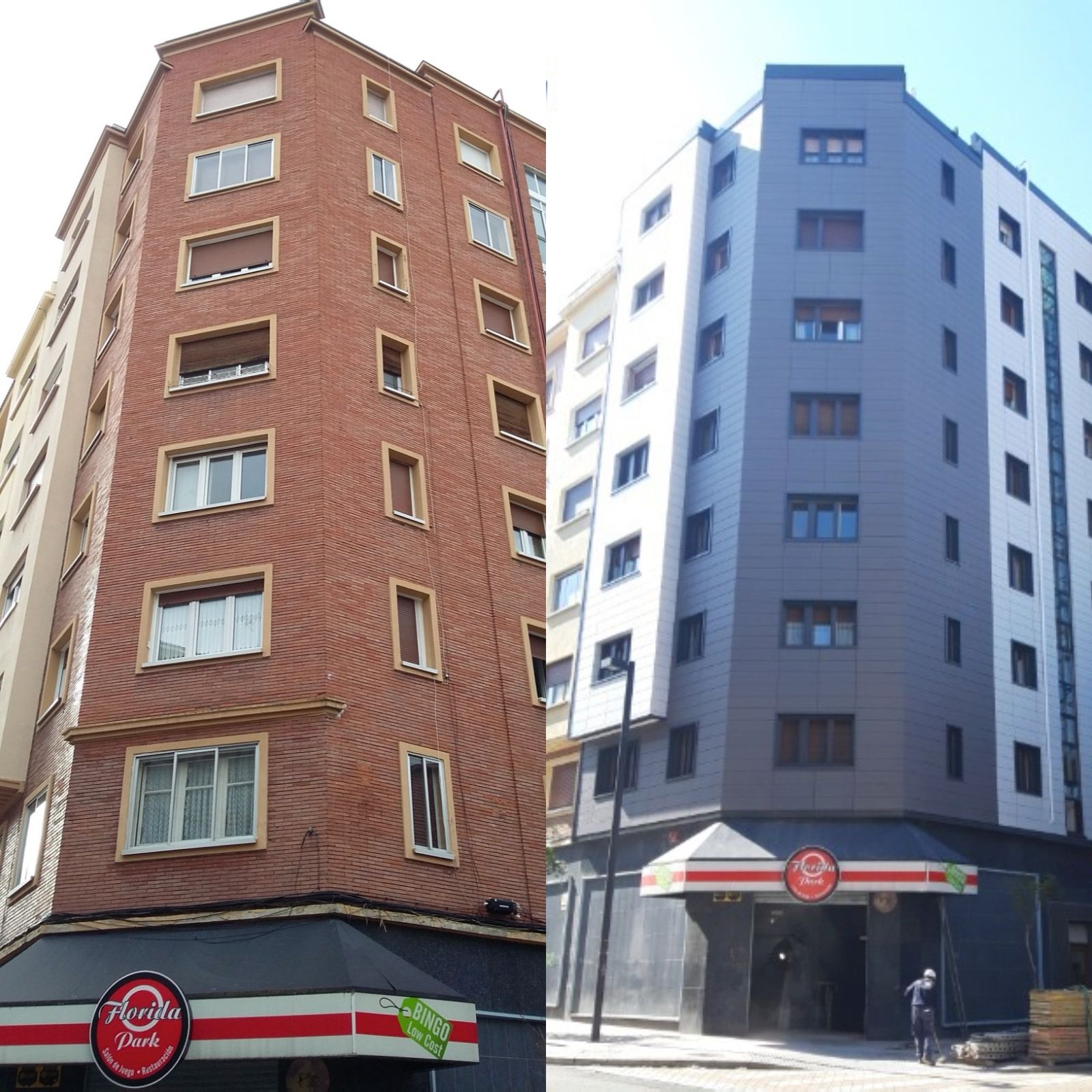
How to Increase the Value of My Home, Part 1
Facade Rehabilitation and Renovation with Ceramic
The lockdown caused by the COVID-19 pandemic has made us spend more time in our homes, highlighting some shortcomings such as the lack of terraces, flexible spaces, natural light, ventilation, or insulation.
Likewise, we are now demanding healthier homes, and it is reasonable to think that the use of pathogen-resistant materials and finishes will be promoted.
For all these reasons, we are considering the rehabilitation or renovation of our homes.
When it comes to insulation, a building improved with solar protection products, a high-efficiency ventilation system, and, most importantly, a well-insulated facade, can result in energy savings of 38% on heating and 50% on cooling.
(See presentation by the Building Quality Control Laboratory of the Basque Government)
The facade is one of the most critical points of a building, with the greatest impact on the overall performance of the building envelope. The global impact percentage can reach between 70% and 80% of the total. Rehabilitating a building by improving its insulation from the outside is the most effective option. In addition to minimizing and significantly correcting the effect of thermal bridges (points where temperature is transferred between the interior and exterior), it does not reduce the usable interior space and can be carried out without interfering with the building’s operations.
Ceramic Ventilated Facades are an Excellent Solution for Any Building’s Skin, as They:
- Optimize insulation;
- Update it, enhancing its aesthetics; and
- Increase its value.
FAVEKER (www.faveker.com), a brand of ceramic ventilated facades from GRES ARAGÓN, offers the following advantages:
- Durability and resistance
- Aesthetic possibilities
- Increased insulation
- Lightness and ease of cleaning
- Efficiency and sustainability
Consult a professional in construction, rehabilitation, or home renovation for advice.
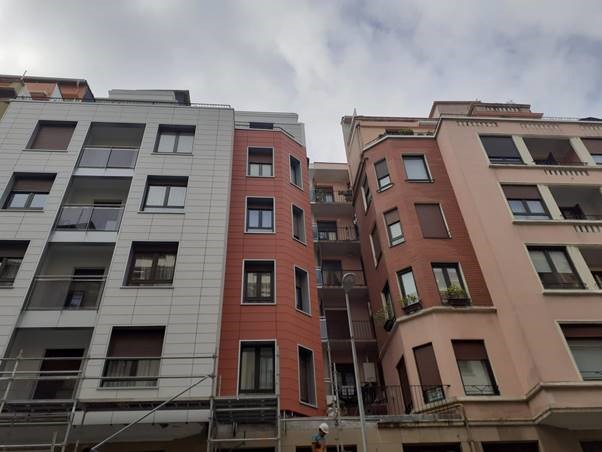
Consult a Professional in Construction, Rehabilitation, or Home Renovation.
For more information, refer to the “Practical Guide for Managing Energy Rehabilitation Aid for Buildings,” published by the Superior Council of Architects’ Associations of Spain (CSCAE) in collaboration with the Institute for Diversification and Energy Savings (IDAE), which you can view and download at:
https://issuu.com/cscae/docs/guia_practica_para_la_gestion_de_ayudas_a_la_rehab
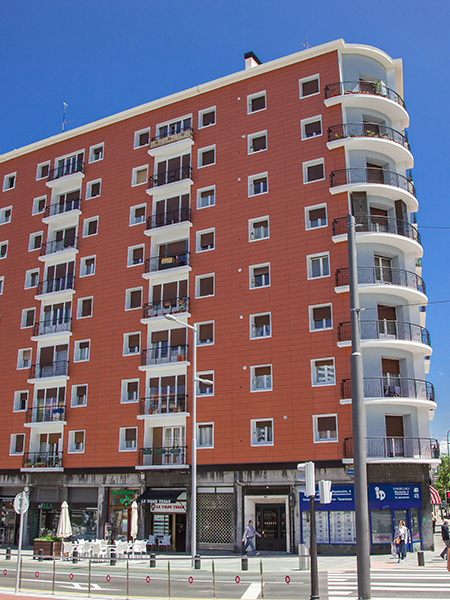
Within the European Union’s Recovery Plan, environmental respect in combating climate change is the most prominent pillar upon which the EU bases its strategy for recovering the economy after the pandemic. To this end, the long-term EU budget, along with the NextGenerationEU initiative, has been endowed with the largest stimulus package ever financed. A total of €1.8 trillion will help rebuild a post-COVID-19 Europe that is greener, more digital, and more resilient.(https://ec.europa.eu/info/strategy/recovery-plan-europe_es)
In Spain, the well-known PNIEC, or “National Integrated Energy and Climate Plan 2021-2030,” has the following fundamental objectives:
- The rehabilitation of the building envelope of 1.2 million homes, with a cumulative final energy savings of nearly 800 ktep over the period and a total estimated investment of €10.223 billion.
- The improvement of the efficiency of more than 3.5 million heating and ACS (Domestic Hot Water) systems (1 million centralized systems and 2.65 million individual systems), with a cumulative final energy savings of nearly 4,000 ktep and a total estimated investment of over €12.208 billion. (https://www.idae.es/informacion-y-publicaciones/plan-nacional-integrado-de-energia-y-clima-pniec-2021-2030)
Marco Lahoz
General Director, Gres Aragón

